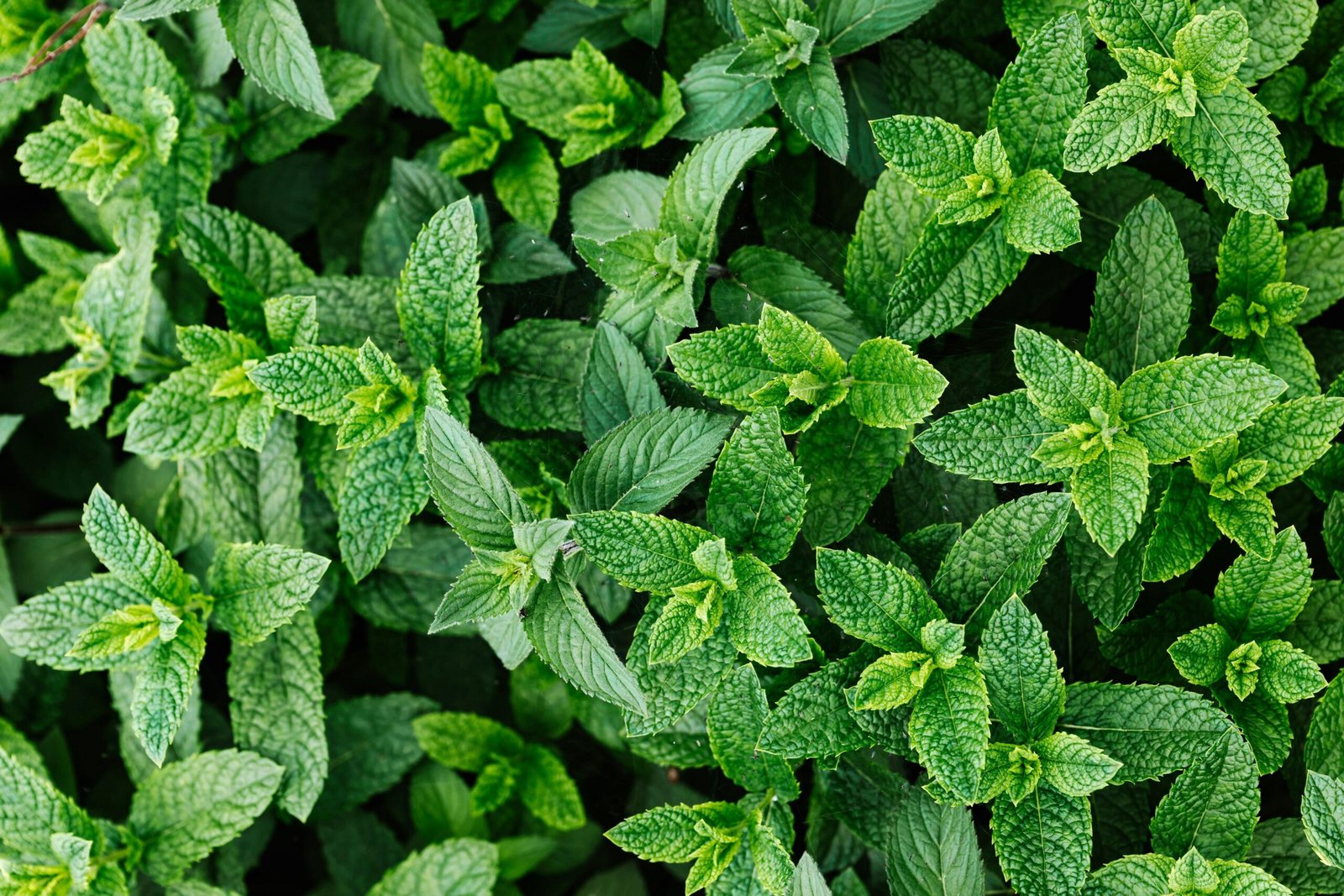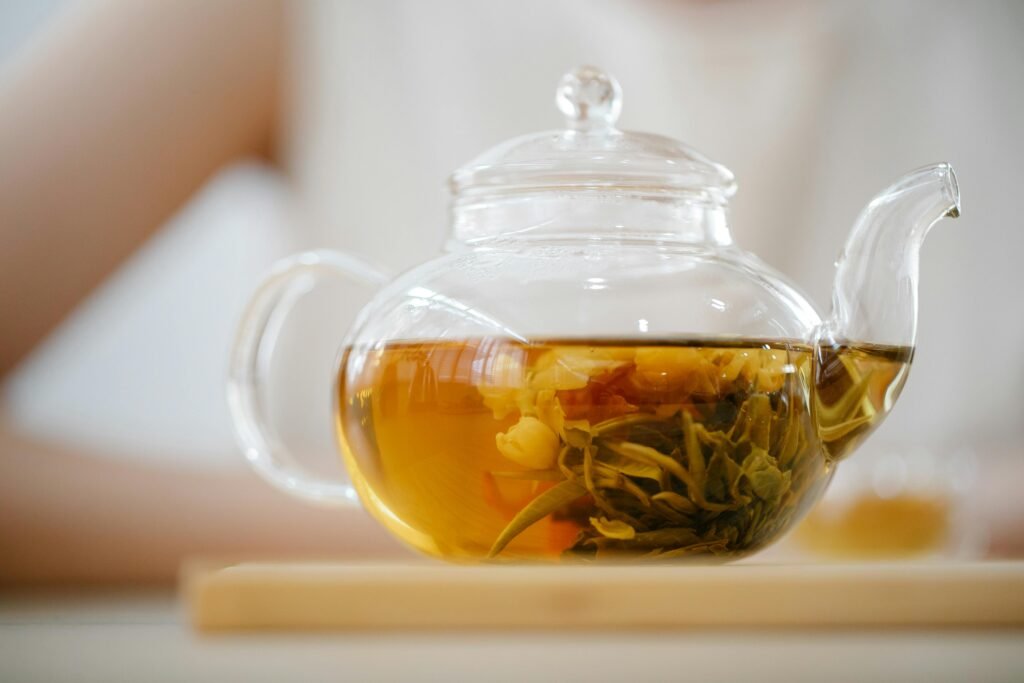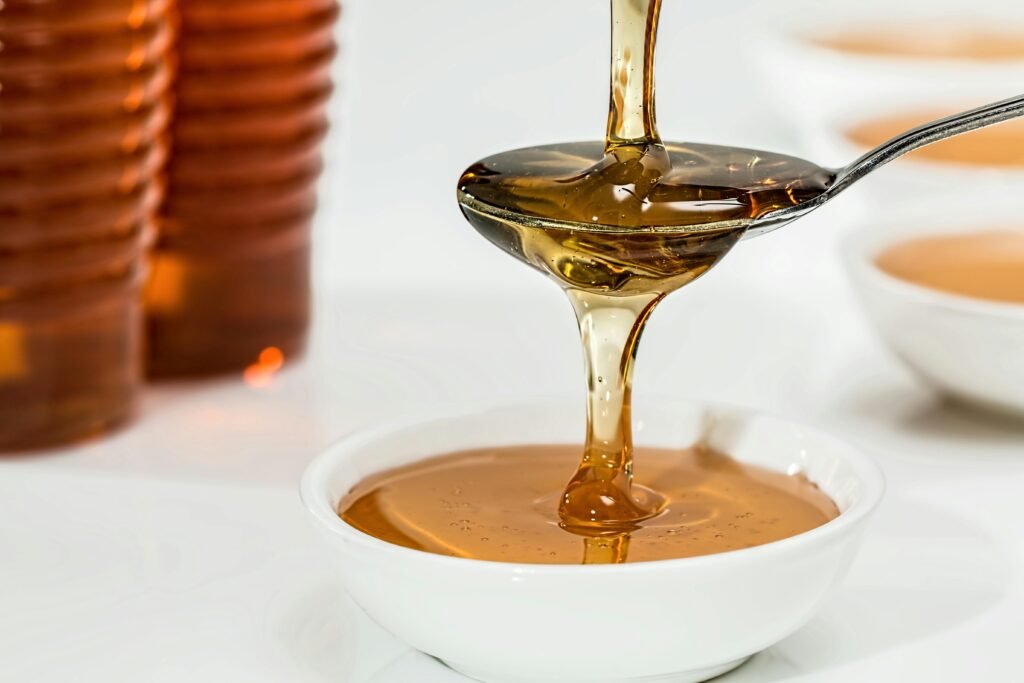Make Your Own Herbal Remedies (medical disclaimer)
Have you ever wished you could treat common ailments naturally, using ingredients right from your own garden? Making your own herbal remedies at home is a great way to take control of your health in a naturally sustainable way. Whether you’re dealing with a pesky cold, a minor cut, or just looking to boost your immune system, herbs can help. We’ll guide you through the basics of creating your own herbal remedies, from selecting the right herbs to preparing and using them safely. If you want a more in-depth understanding I would recommend Amy Fewell’s book The Homesteader’s Herbal Companion.
Why Make Your Own Herbal Remedies?

Before we get into the how-to, let’s talk about the why. Why should you consider making your own herbal remedies?
- Natural and Chemical-Free: Homemade remedies are free from synthetic chemicals, preservatives, and artificial ingredients. You know exactly what’s going into your remedies because you made them yourself.
- Sustainable and Cost-Effective: Growing your own herbs and making your remedies can save you money and reduce your reliance on over-the-counter products. Plus, it’s a great way to reduce your environmental footprint.
- Empowerment: There’s something empowering about being able to care for yourself and your family with natural remedies. It connects you to the earth and the wisdom of generations past.
Essential Herbs for Your Home Apothecary
If you’re new to herbal remedies, it’s best to start with a few versatile herbs that are easy to grow and use. Here are some essential herbs to consider for your home apothecary:
1. Chamomile

- Benefits: Chamomile is famous for its calming properties, making it great for relieving anxiety and promoting sleep. It’s also useful for soothing an upset stomach.
- How to Use: Make a simple tea by steeping dried chamomile flowers in hot water. You can also infuse chamomile in oil for a soothing salve.
2. Lavender

- Benefits: Lavender is well-known for its calming scent and is often used to relieve stress, anxiety, and insomnia. It also has antiseptic and anti-inflammatory properties.
- How to Use: Use lavender in teas, bath soaks, or as an essential oil. Lavender-infused oil can be applied to the skin to soothe minor burns or insect bites.
3. Peppermint

- Benefits: Peppermint is excellent for digestive issues like indigestion, nausea, and gas. It also has a cooling effect, making it helpful for headaches and muscle pain.
- How to Use: Brew a peppermint tea to ease digestive discomfort or apply diluted peppermint oil to your temples to relieve headaches.
4. Echinacea

- Benefits: Echinacea is a powerhouse for boosting the immune system and is commonly used to prevent and treat colds and flu.
- How to Use: Make an echinacea tincture by steeping the roots in alcohol or brew a tea using the leaves and flowers.
5. Calendula

- Benefits: Calendula is a skin-soothing herb with anti-inflammatory, antifungal, and antiseptic properties. It’s great for healing cuts, scrapes, and minor burns.
- How to Use: Infuse calendula in oil to create a healing salve or make a tea to use as a soothing skin wash.
6. Lemon Balm

- Benefits: Lemon balm is a calming herb that’s great for reducing anxiety, promoting sleep, and easing indigestion.
- How to Use: Enjoy lemon balm in tea or use it in a tincture to calm nerves and improve sleep.
Harvesting and Drying Your Herbs
Once your herbs are thriving, the next step is to harvest and dry them for use in your remedies. Here’s how:
1. Harvesting
- Timing: The best time to harvest herbs is in the morning after the dew has dried but before the sun is too hot. This is when the essential oils in the plants are at their peak.
- Method: Use sharp scissors or pruning shears to cut the stems. Be sure to leave enough growth on the plant so it can continue to thrive.
2. Drying

- Air Drying: The simplest way to dry herbs is to tie them in small bundles and hang them upside down in a cool, dark, and well-ventilated area. This method works well for most herbs.
- Dehydrator: If you have a food dehydrator, you can use it to dry your herbs quickly. Set it to the lowest temperature and check the herbs frequently until they’re dry.
- Oven Drying: In a pinch, you can use your oven to dry herbs. Spread them in a single layer on a baking sheet and set your oven to the lowest possible temperature. Keep the door slightly open and check regularly.
3. Storing

- Once your herbs are completely dry, store them in airtight containers away from light and moisture. Mason jars work well for this. Be sure to label your jars with the herb name and date of harvest.
Making Herbal Teas

Herbal teas, or infusions, are one of the easiest ways to use your dried herbs. Here’s a simple method to make your own:
1. Basic Herbal Tea Recipe
- Ingredients:
- 1 tablespoon dried herbs (or 2 tablespoons fresh herbs)
- 1 cup boiling water
- Instructions:
- Place the herbs in a tea infuser, teapot, or directly into your mug.
- Pour boiling water over the herbs.
- Cover and steep for 5-10 minutes, depending on the herb.
- Strain and enjoy!
- Customization: Feel free to mix and match herbs to create your own blends. For example, combine chamomile and peppermint for a calming digestive tea, or try lemon balm and lavender for a relaxing bedtime tea.
Creating Herbal Tinctures

Tinctures are concentrated herbal extracts that are easy to make and use. They’re particularly useful for taking herbs that don’t taste great in tea or when you need a stronger dose. Here’s how to make your own tincture:
1. Basic Tincture Recipe
- Ingredients:
- Fresh or dried herbs (enough to fill a jar halfway)
- High-proof alcohol (like vodka or brandy)
- Instructions:
- Place your herbs in a clean glass jar, filling it about halfway.
- Pour the alcohol over the herbs, completely covering them. Leave a little space at the top.
- Seal the jar tightly and store it in a cool, dark place for 4-6 weeks. Shake the jar every few days to help the extraction process.
- After 4-6 weeks, strain the tincture through a fine mesh strainer or cheesecloth into a clean jar or bottle.
- Label your tincture with the herb name and date.
- Dosage: Tinctures are potent, so start with a small dose, typically 1-2 droppers full (about 20-30 drops) in water or juice, up to three times a day.
Making Herbal Salves

Herbal salves are great for healing skin issues like cuts, scrapes, burns, and dry skin. Here’s a simple recipe to make your own:
1. Basic Herbal Salve Recipe
- Ingredients:
- 1 cup herbal-infused oil (such as lavender, or chamomile)
- 1/4 cup beeswax pellets
- Essential oils (optional)
- Instructions:
- In a double boiler, gently heat the herbal-infused oil and beeswax until the beeswax is completely melted.
- Remove from heat and stir in a few drops of essential oil if desired.
- Pour the mixture into small, clean jars or tins.
- Let the salve cool and harden before sealing the jars.
- Label your salve with the ingredients and date.
- Usage: Apply the salve to cuts, scrapes, dry skin, or other minor skin irritations as needed.
Making Herbal Syrups
Herbal syrups are a tasty way to take your herbs, especially for kids or those who don’t enjoy tinctures. They’re particularly useful for soothing sore throats and coughs. Here’s how to make a basic herbal syrup:
1. Basic Herbal Syrup Recipe

- Ingredients:
- 1 cup dried herbs (such as thyme, or echinacea)
- 4 cups water
- 1 cup honey (preferably raw and local)
- Instructions:
- Combine the herbs and water in a pot and bring to a boil.
- Reduce heat and simmer until the liquid is reduced by half (about 30-45 minutes).
- Strain the liquid into a clean jar or bottle.
- Once the liquid has cooled slightly, stir in the honey until it’s fully dissolved.
- Store your syrup in the refrigerator, where it will keep for several weeks.
- Dosage: Take 1-2 tablespoons of syrup as needed, especially during cold and flu season.
Safety Tips for Using Herbal Remedies
While herbal remedies are generally safe, it’s important to use them responsibly. Here are some safety tips to keep in mind:
- Know Your Herbs: Make sure you’re correctly identifying and using the right herbs. Some plants have toxic look-alikes, so when in doubt, consult a reputable guide or expert.
- Start Small: When trying a new herb, start with a small dose to see how your body reacts. This is especially important if you have allergies or sensitivities.
- Consult with a Professional: If you’re pregnant, nursing, have a chronic condition, or are taking medications, consult with a healthcare provider or a qualified herbalist before using herbal remedies.
- Label Everything: Always label your homemade remedies with the ingredients and date. This helps you keep track of what you’re using and ensures you don’t use anything past its prime.
- Storage: Store your herbal remedies in a cool, dark place, away from direct sunlight and moisture, to preserve their potency.
Making your own herbal remedies at home is a wonderful way to take control of your health naturally. It’s a journey that connects you with nature, empowers you to care for yourself and your family, and helps you live a more sustainable life. Start with a few simple remedies and build your home apothecary over time. Before you know it, you’ll have a collection of natural solutions for everyday ailments, right at your fingertips. 🌿

